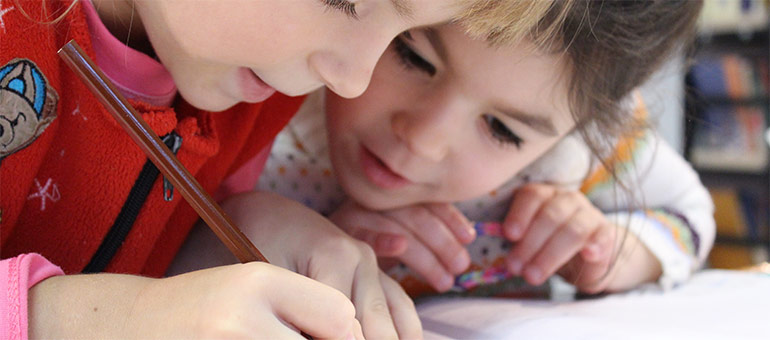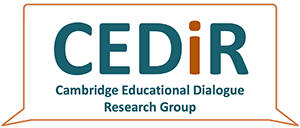About this research strand
This strand focuses on the role that dialogue plays in creative thinking, and how provisionality and ‘dialogic space’ enable speculation, imagination and inquiry. Dialogue for creative thinking promotes the inclusion of multiple perspectives with many ideas and possibilities, over singular resolutions to problems. It includes being curious and finding ways of being collaboratively creative in approaching new ideas. Areas of research include investigating the role of hypothetical language in discussions where ideas are provisional and divergent, and how the use of this ‘possibility language’ enables creative 'inter-thinking'. We also consider how dialogic space works as a provisional testing ground of ideas that can be built on, ignored or challenged.
Strand Leader
Fiona Maine (with others including Rupert Wegerif)
Projects include
DIalogue and Argumentation for cultural Literacy Learning in Schools (DIALLS) (EC Horizon 2020: 2018-2021. Maine & Hofmann).
DIALLS was an EC Horizon 2020 project in collaboration with nine European Partners that started in May 2018. Fiona Maine was the Principal Investigator and led the project. The UCAM research team included Riikka Hofmann, Vic Cook, Gabriel Duckels and also Zoe Jaques from the Children’s Literature research group. The project aimed to support and map the development of cultural literacy in young people through their interactions with each other and with wordless narratives (picturebooks and short films). Teaching children the skills of dialogue and argumentation, we centralised the importance of tolerance, empathy and inclusion as key dispositions in becoming culturally literate.
The role of dialogic a/symmetrical interactions among peers in diverse, multimodal reading situations
British Academy/Leverhulme: 2016-18. Maine & Hofmann.
This project analyses: the role of dialogic interactions among peers in the context of diverse multimodal reading situations; the role of symmetry and asymmetry in these interactive reading contexts; children’s reflections on their own collaborative processes in these interactive reading contexts.


